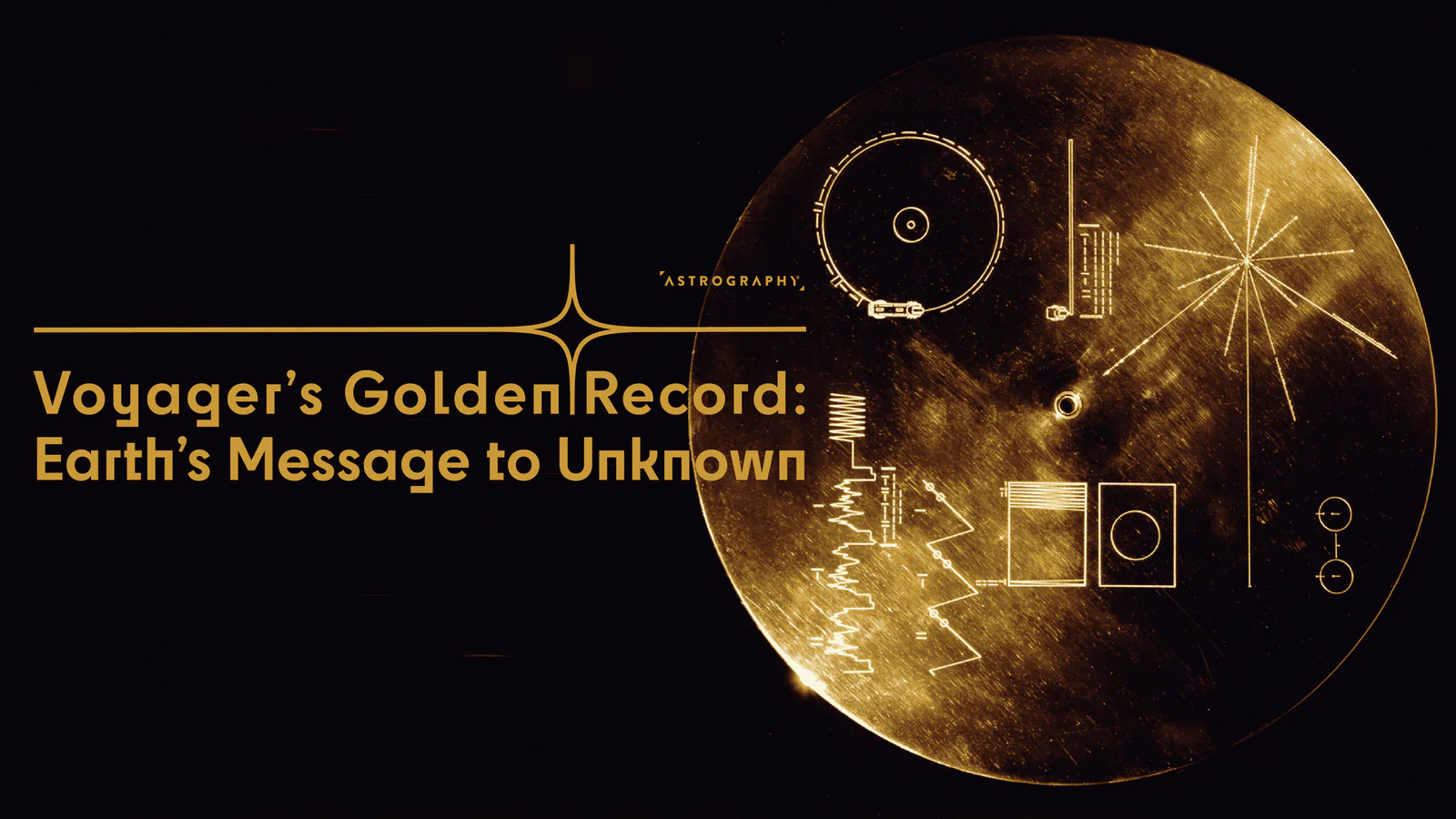voyager 1 since 1977
- Launch: Launched on 5 September 1977, 16 days after its twin, Voyager 2
- Mission: Study the outer solar system and interstellar space
- Accomplishments: First man-made object to cross the heliosphere and enter interstellar space
Real image of voyager1 spacecraft
Voyager 1 is a NASA space probe launched on September 5, 1977, as part of the Voyager program. This spacecraft was meant to explore Jupiter and Saturn, the outer planets of our
solar system. To date, Voyager 1 is the most far-flung spacecraft ever constructed by humanityand continues to beam data back to Earth since it crossed the heliosphere.
Some key points about Voyager 1 include:
- Mission Objectives:
Main Mission: Investigate Jupiter and Saturn, their moons, rings, and magnetic fields.
Extended Mission: After all the planetary explorations had been completed, Voyager 1 was set to study outer and interstellar space within the solar system and beyond.
speed of voyager 1
Voyager 1 has since become the fastest and most distant man-made object in the Universe, travelling at around 61,500km/h
Current Location:
As of 2024, Voyager 1 is over 14.5 billion miles (23.3 billion kilometers) from Earth, making it
the farthest human-made object from our planet.
It crossed into interstellar space in August 2012, meaning it has left the bubble of particles and
magnetic fields that surround our solar system, called the heliosphere.
Instruments:
- Voyager 1 is equipped with a suite of scientific instruments designed to measure the magnetic fields, cosmic rays, and plasma in space. Some of these instruments include the Plasma Wave System and the Cosmic Ray Subsystem.
The Golden Record aboard Voyager 1 (and also Voyager 2) is a phonograph record that contains a variety of information about Earth, meant as a message to potential extraterrestrial civilizations. The record was designed to be a time capsule, a snapshot of humanity in case it is discovered by other intelligent life forms in the distant future.
pale blue dot
the last image of earth capture by voyager 1 justify as pale blue dot









0 Comments